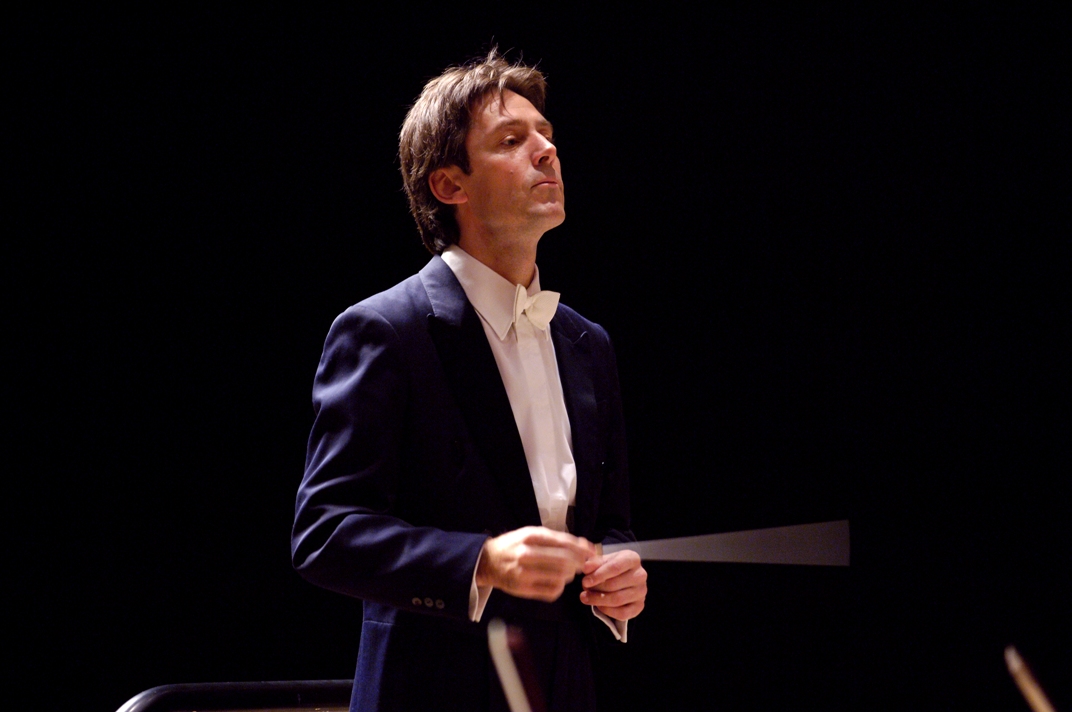“Sometimes it’s a fantastic discovery. Sometimes it’s more difficult. But I think it’s part of our job to do it, and I always loved it.”
For all of the experience that he’s had in over four decades of working with some of the 20th century’s greatest composers, Paul Meyer could hardly be more succinct in his approach to contemporary classical music. Over the course of his career, the French clarinetist and conductor has shared the premieres of works by such luminaries as Krzysztof Penderecki and Luciano Berio, and has worked with the likes of Olivier Messiaen, Péter Eötvös and Pierre Boulez. This summer, he’s sharing his experience with new scores with the participants in the Interplay program at the Banff Centre for Arts and Creativity.
While each composer he has worked with has used the same written language when it comes to written notation, Meyer notes that one of the keys to working in contemporary classical music is learning to read the composer between the clefs. “You have to discover the language of the composer. What does it really mean, this indication, this forte for the piano. The writing is a bit limited, but the imagination of the composer is not limited at all.”
This approach to reading the scores of contemporary classical works is not dissimilar to the music of the canonized composers that Meyer shares as a soloist and as a conductor with groups like the Seoul Philharmonic Orchestra and the Copenhagen Philharmonic Orchestra. A celebrated interpreter of 18th and 19th century repertoire, Meyer’s recordings of works by composers like Carl Stamitz, Carl Maria von Weber, and Max Bruch, among others are some of the benchmark recordings of the last century.
“If you look in Mozart’s symphony, there’s barely indication – piano, forte,” observes Meyer. “It doesn’t mean that there is no dynamics... but at this time, you, the composer, trust the interpreter very much, and so do the modern composers. So, I think that’s very refreshing, because sometimes with great composers from the past – Beethoven, Brahms – we can get a little bit afraid not to respect a thing or not. I think it gives a completely free look to the music.”
Another tool that Meyer has used in his approach to new music that he has passed along to the students at the Banff Centre is to be on the look out for patterns – repeated phrases that almost read like a person coming back to their favourite one-liner joke or catchphrase. This is a skill that he learned from another of one of the 20th century’s greatest musicians.
“When we did the Penderecki,” recalls Meyer, referring to his debut of the famed composer Piano Quintet at the Vienna Konzarthaus, “[Mstislav] Rostropovich was playing... and I remember he was there for all the rehearsals, and he told me, ‘You know, I also did a lot of film music... as a player, you find one little tune, and then you find it again in another piece.’”
During the course of his time at the Banff Centre, Meyer has grown familiar with the languages of several of Canada’s most celebrated composers of the 21st century, including John Estacio and Jocelyn Morlock. As participants and faculty alike approach challenging works, Meyer’s biggest hope for them is that they continue the push to learn the languages so as to become great communicators on behalf of those who write music. “After my visit here, if they are more curious about the result than afraid of the result, that will be a big step forward.”
